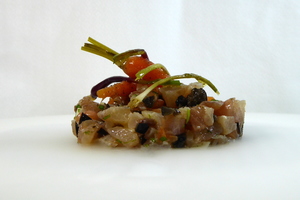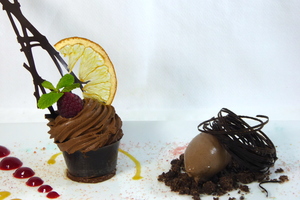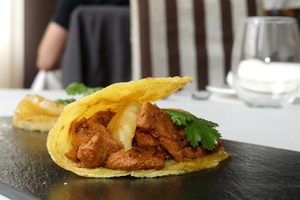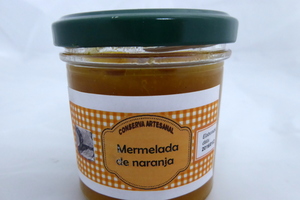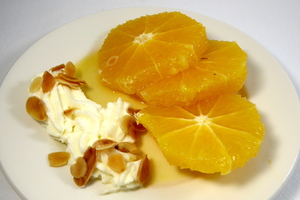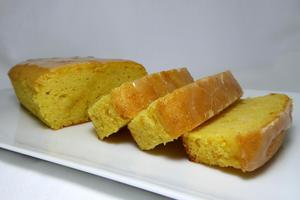Oranges
The orange is the fruit of the citrus species Citrus × sinensis in the family Rutaceae. This family has more than 1600 species. The Citrus genus to which this fruit belongs, is the most important of the family and it has 20 species with edible fruits, rich in vitamin C, flavonoids and essential oils. The fruit of any citrus tree is considered a hesperidium, whose fleshy interior is composed of separate sections, carpels, filled with fluid-filled vesicles.
The sweet orange tree is the most planted one among the citruses and the most important of the Citrus genus. Oranges are important but mandarin oranges, lemons, grapefruits, limes and kumquats are very important as well. Sweet oranges shouldn’t be mistaken with sour oranges which have been grown since the ancient times as a decorative tree and to obtain fragrances from its fruit.
-
Type of dish
- Beers
- Cocktails
- Breakfasts and brunch
- Burguers
- Juices, milkshakes and beverages
- Shellfish
- Bread and pastries
- Pizzas, patty
- Dessert
- Pasta
- Sándwich
- Pastries
- Finger foods
- Ice creams and sorbets
- Legumes
- Salads
- Eggs
- Patty
- liqueur
- Harvard plate
- Main course
- Meats
- Fish
- Birds
- Vegetables
- Soups and creams
- Rices
- Coffee, chocolate and infusion
- Cheeses
- Appetizers and canapes
- Temperature
- Cuisine type
- Additional culinary preparation
- Conservation technique
- Seasonal recipes
-
- Aromatic herbs
- Beverages
- Big game hunt
- Bread and pastries
- Canned goods and pickles
- Cereals
- Condiments, spices and additives
- Cooked, salted, preserved and cold meats
- Dried fruits and nuts
- Dry pulses
- Edible oils and vinegars
- Eggs and derivatives
- Feathered game hunt
- Fish cuts
- Fishes
- Insects
- Kitchen and bakery tecniques
- Kitchen and bakery utensils
- Meat cuts
- Meats
- Milk, cream and derivatives
- Mushrooms
- Offal
- Pasta, rice, flour and derivatives
- Poultry
- Seafood
- Service techniques
- Service utensils
- Vegetables cuts
- Vegetables, fruits, tubers and seaweed







